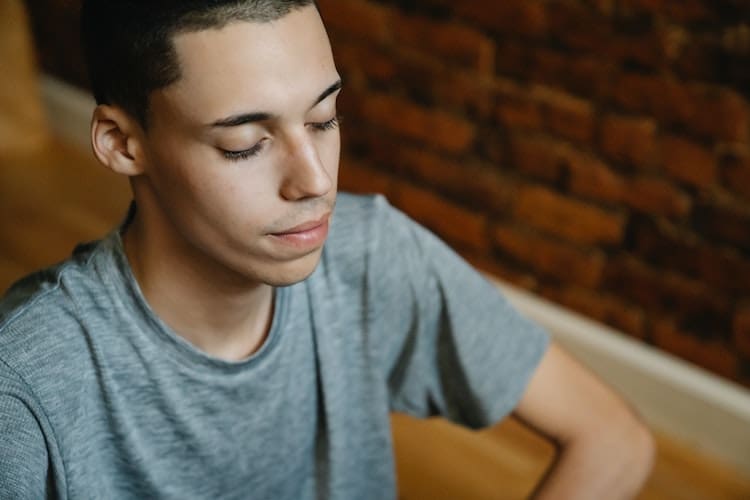Being in recovery from a drug or alcohol addiction includes many challenges. Learning how to manage cravings is one of the main ones. One popular management technique for cravings is urge surfing.
What is the Difference Between Urges and Cravings?
In recovery, especially in the early stages, people have intense cravings to continue using their drug of choice. The cravings cause the individual to experience an urge to use the substance. Although the two words can be used interchangeably, they describe two different sensations. Urges are strong impulses that make the person want to behave in a certain way, while cravings are strong desires for something.
Cravings are a normal part of recovery and are generally triggered by thoughts, emotions, bodily sensations, or exposure to a specific circumstance. An urge is an impulse the person feels to satisfy their craving.
What is Urge Surfing?
A mental technique, urge surfing teaches you to become an observer of your urges and mindful of your cravings. It helps you to look at and experience your urge without performing or engaging in the behavior. A form of mindfulness meditation, urge surfing compares a person with the urge to a surfer riding ocean waves. A surfer trusts the wave. They know it will follow its natural cycle of building, cresting, and dissipating at the shoreline. They ride the wave, even when it feels overwhelming and large.
Like a surfer riding a wave in the ocean, you learn to trust that your urge to drink or use drugs will follow its natural cycle. It will arrive, increase in intensity, peak, continue on by, subside, and dissipate.
Ocean waves are powerful, but they do not last long. Similarly, urges can be intense but usually pass quickly, lasting less than 30 minutes. When you urge surf, you imagine the urge as an ocean wave and your breath as your surfboard.
Urge Surfing and Dr. Alan Marlatt
Founder and director of the University of Washington’s Addictive Behaviors Research Center, Dr. G. Alan Marlatt, developed the concept of urge surfing. A clinical psychologist, Dr. Marlatt worked from the 1980s to the early 2000s creating his program. He realized that cravings affect individuals in different ways. They could experience physical, emotional, and mental symptoms, such as severe headaches, nausea, muscle tension, stomach pains, fatigue, irritability, pins-and-needles sensation, or sweating. Dr. Marlatt discovered that if people learned to acknowledge their cravings and observe them without judgment, they could ride the wave of their urge without giving in to it.
How to Urge Surf
Urge surfing is a form of mindfulness meditation in that it requires being present at the moment, aware of what is going on but without any judgment or frustration. As you focus on your breath, simply observe your feelings and thoughts. Allow your mind to wander. Doing this reduces stress because your thoughts are less powerful.
Urge surfing is not complicated, but it does take practice and commitment. Here are the steps to practicing urge surfing.
- Go to a comfortable, quiet place. Sit in a comfortable position. Close your eyes and pay attention to how you are breathing, but do not control it. Let yourself follow your breath.
- Pay attention to the air and how it feels in your nose and lungs. Choose one aspect of your breathing, such as noticing each breath in and out, or your chest or belly rising and falling as you breathe. Focus on that one aspect of your breath.
- Focus on the areas of your body most affected by the urge, such as a dry mouth, headache, or stomach pains. Feel the sensations and concentrate on them. Calmly begin describing the feelings, either silently or out loud. Begin with the most intense sensation and end with the least intense one.
- Notice your thoughts, simply observing where the mind goes without judging it. Continue to focus on your breath.
- Take slow, deep breaths until you feel calmer.
- Change your focus to your body parts that are feeling sensations. Begin with the most intense and describe them as you did before.
- Switch back to focusing on your breathing.
- Continue alternating your focus from breathing to your body until you start to feel the urges going away. Picture the urges dissipating and drifting away with each breath you take.
- When the urges are at a mild level or gone, take a moment to thank your body and yourself for taking the time to urge surf.
Are You Ready to Take the First Step?
Addiction is a brain disease that can happen to anyone. If you or a loved one struggles with a substance use disorder, call Anabranch Recovery Center in Terre Haute, Indiana. We can help. Take the first step and learn how you can change your life as you travel the road to recovery.
About the Author: 
Terry Hurley is a retired educational professional and freelance writer with more than fifty years of experience. A former reading specialist and learning center director, Terry loved her years working with children in the educational field. She has written extensively for print and online publications specializing in education and health issues. For the last six years, her writing focus has been on addiction and mental health issues.





